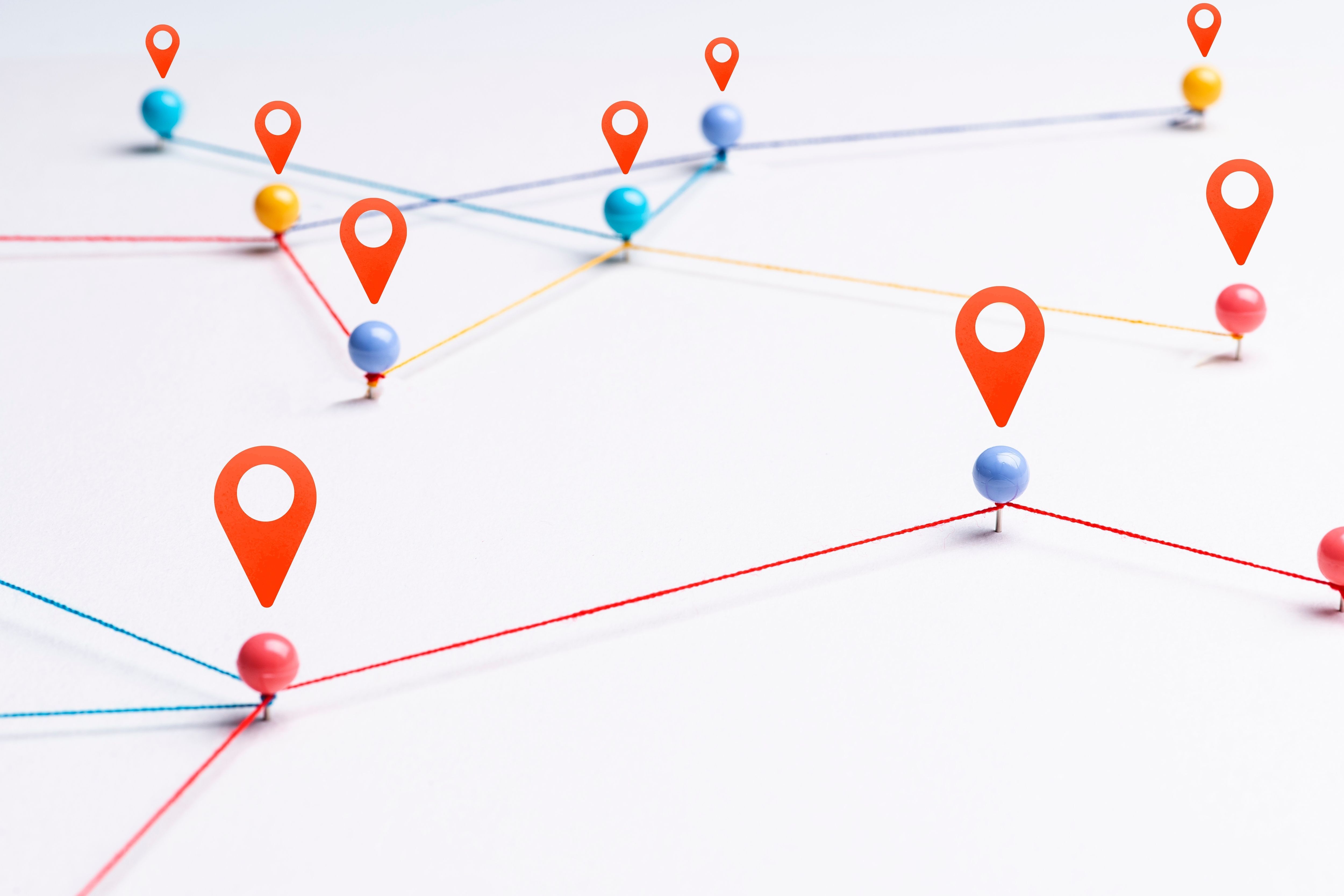
Odds are you pass many automated external defibrillators (AEDs) while out in public. Maybe you notice them, maybe not.
If you don’t notice them, it’s a good time to start.
AEDs are increasingly common in public — and for good reason: They’re part of the out-of-hospital Chain of Survival for cardiac arrest. Bystanders – like you – can use them to restart a person’s heart. In fact, a victim’s chance of survival may increase by nearly 75% when an AED is used in the first few minutes after cardiac arrest.
Despite the increase in AED availability, they’re used on only about 1 in 10 people who experience a cardiac arrest in public!
A main reason is bystanders often aren’t aware that one is nearby.
Here’s three tips you can follow to boost your awareness of AED locations. With a little planning, you’ll be better prepared to help save a life.
1. Know the most common AED locations
AEDs are placed in a variety of locations, most commonly in high-traffic areas, including:
· Shopping malls
· Sports venues
· Public buildings
· Schools
· Gyms
· Athletic fields
· Airports
In some areas, apps and websites, such as PulsePoint AED, can help you find AEDs near you
2. Know specifically where to look in locations that have AEDs
Even if the location you’re at has one or more AEDs, it may take time for you to find one. Every moment counts during a cardiac arrest emergency. Time spent hunting for an AED is time the victim doesn’t have to spare. The survival rate drops by 10% each minute that care isn’t provided.
Many locations have directories and signs that point out AED locations; it’s common for AEDs to be placed near a building’s entrance or other in high-traffic areas.
AEDs are usually enclosed in a white or red box that is mounted to a wall. Look for signage with “AED” written in large lettering, and a lightning bolt inside a heart symbol. If you can’t immediately locate an AED, ask other bystanders for help.
3. Make a mental note when you spot an AED – or seek them out
If you see an AED in public, make a mental note of its location. It’ll be easier to find if you need it in an emergency. Pay special attention in places you visit regularly.
Be proactive. Try to spot AEDs while you’re out. It’s easy to miss or ignore what you’re not looking for; however, if you seek out AEDs, you’ll find them more easily, and you’ll likely be surprised by how common they are.
At Starting Hearts, we can provide specific training for making a life-saving difference.
Contact us for more information: info@startinghearts.org
Aileen Aguilar-Frias is a healthcare writer based in California.
